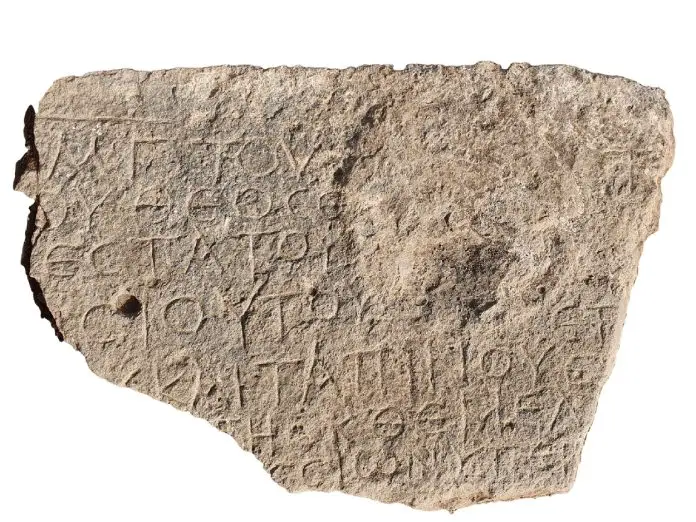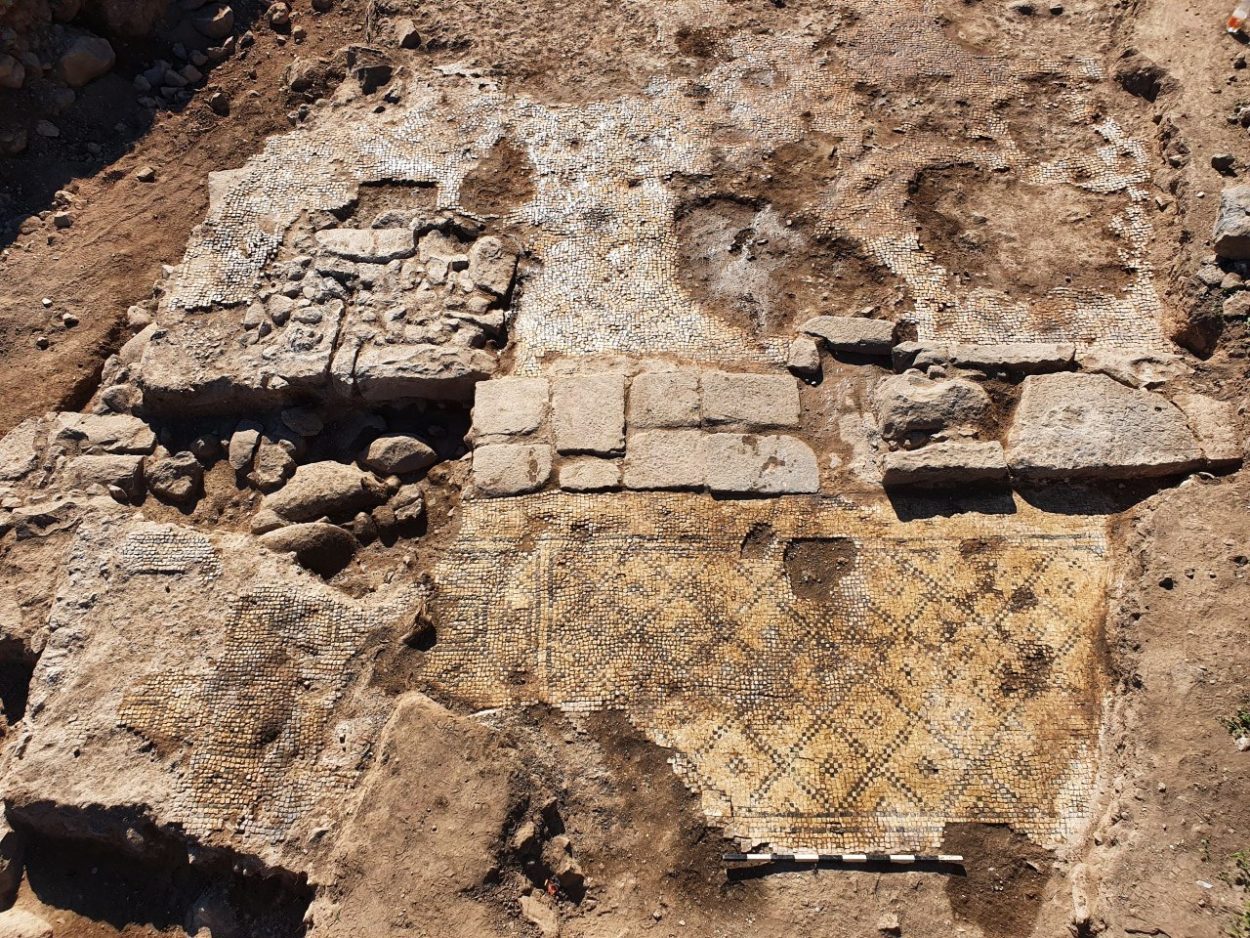
Archaeologists excavating in the village of et-Taiyiba, located in the Valley of Megiddo (also known as the Jezreel Valley), have uncovered an inscription bearing the name “Christ, born of Mary”.
According to Christian eschatology, the valley is considered the location for the ultimate battle between the forces of good and evil, commonly referred to as Armageddon. The term “Armageddon” is derived from the Hebrew “Har Megiddo,” meaning ‘Mount Megiddo.’
The stone inscription is engraved in Greek and was found in a doorway entrance to a building that dates to the late 5th century AD, which was later incorporated into a later structure from the Byzantine or Early Islamic period.
Excavations of the structure have also identified two rooms containing mosaic flooring decorated with geometric designs.

Dr Leah Di-Segni, a researcher at the Institute of Archaeology of the Hebrew University of Jerusalem, said that the inscription is a dedicatory to Jesus, the Son of Mary, which states: “Christ born of Mary. This work of the most God-fearing and pious bishop [Theodo]sius and the miserable Th[omas] was built from the foundation . Whoever enters should pray for them.”
Theodosius, whom the text refers to as the building’s founder, was one of the first Christian bishops in the region and had religious authority of the city of Bet She’an which served as the capital of the Byzantine province of Palaestina Secunda.
According to the researchers, the inscription is intended to provide protection from the evil eye and has been found at other sites from across the Byzantine world.
Dr Walid Atrash of the Israel Antiquities Authority (IAA) said, “This is the first evidence of the Byzantine church’s existence in the village of et-Taiyiba, and it adds to other finds attesting to the activities of Christians who lived in the region.
Header Image Credit : Tzachi Lang and Einat Ambar-Armon, Israel Antiquities Authority

